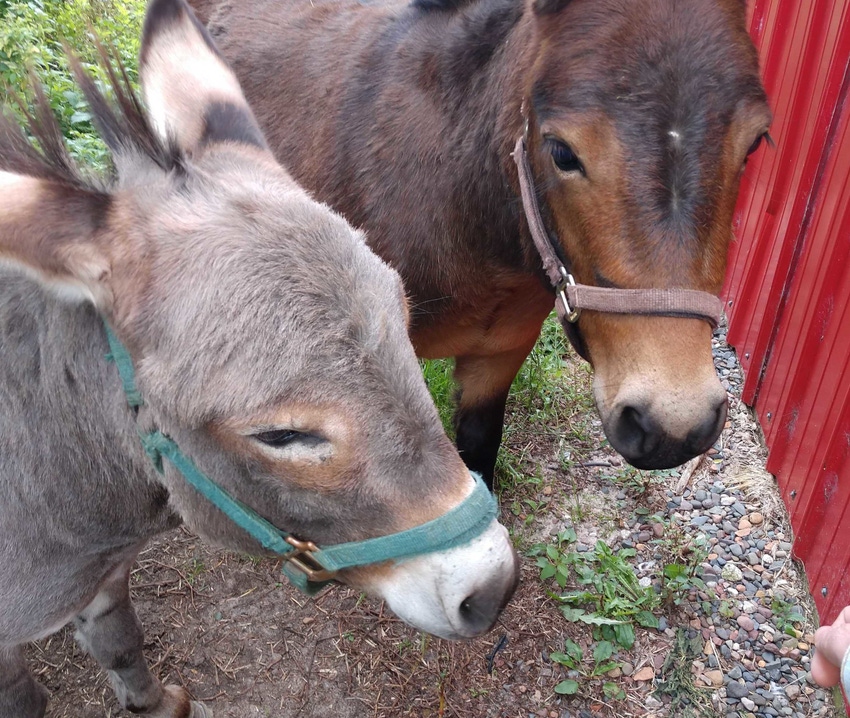Florida event demonstrates three-bin manure composting method and discusses options for marketing composted manure.
March 5, 2019

In the grand scheme of animal agriculture, waste management may be a larger concern among the dairy cattle, feedlot, swine and poultry industries, but horse owners are not immune to manure handling.
“A 1,000 lb. horse can produce 10 tons of manure and stall waste each year,” said Mary Lusk, assistant professor of soil and water sciences with the University of Florida Institute of Food & Agricultural Sciences (IFAS).
Whether an owner has a couple of pleasure horses or operates a larger stable, the sheer amount of waste can become a seemingly insurmountable problem for many horse owners, said Carissa Wickens, assistant professor of animal sciences at the University of Florida and a state extension horse specialist. “We saw a need to educate owners about ways to safely deal with it,” she said.
So, Lusk and Wickens, along with Francisco Rivera, a small farms agent with IFAS Extension in Hillsborough County, Fla., teamed up to create a program to teach horse owners how to compost manure in a way that protects the environment and benefits them and their property.
At a March 7 demonstration, horse owners will be shown how to implement a three-bin composting system at the Keystone Civic Center in Odessa, Fla. Funding for the program came from the Environmental Protection Commission of Hillsborough County, which was looking for ways to prevent nutrients and microorganisms in horse manure from entering the environment.
“If manure isn’t managed or disposed of properly, the nutrients and bacteria have the potential for leaching into the soil or washing away during a rainstorm,” Lusk said. “In our composting system, manure is composted in a designated storage structure that can be covered to help reduce leaching and runoff of nutrients.”
The process of composting horse manure is much like that for composting other organic matter, such as food waste, Wickens said.
“In addition to reducing the volume of waste by up to 50%, composting also reduces the amount of pathogens, parasites and weed seeds in the manure,” Wickens said. “Once the manure is fully composted, it can be used to add organic matter back into pasture soils, which benefits horses and their owners.”
The three-bin system was designed by Walsh Nichols, one of Lusk’s undergraduate students.
“Dr. Lusk conducted a survey of our stakeholders’ needs and also of the equipment they currently have available to them for composting,” Nichols said. “The survey revealed that most horse owners keeping horses on smaller acreage properties had pitchforks and shovels rather than tractors, so the aim became to come up with something that could be put together easily and was small and inexpensive. Through a bit of research and working with a few different designs, I found wood pallets to be the best solution.”
The event also included information about options for marketing composted manure.
You May Also Like



